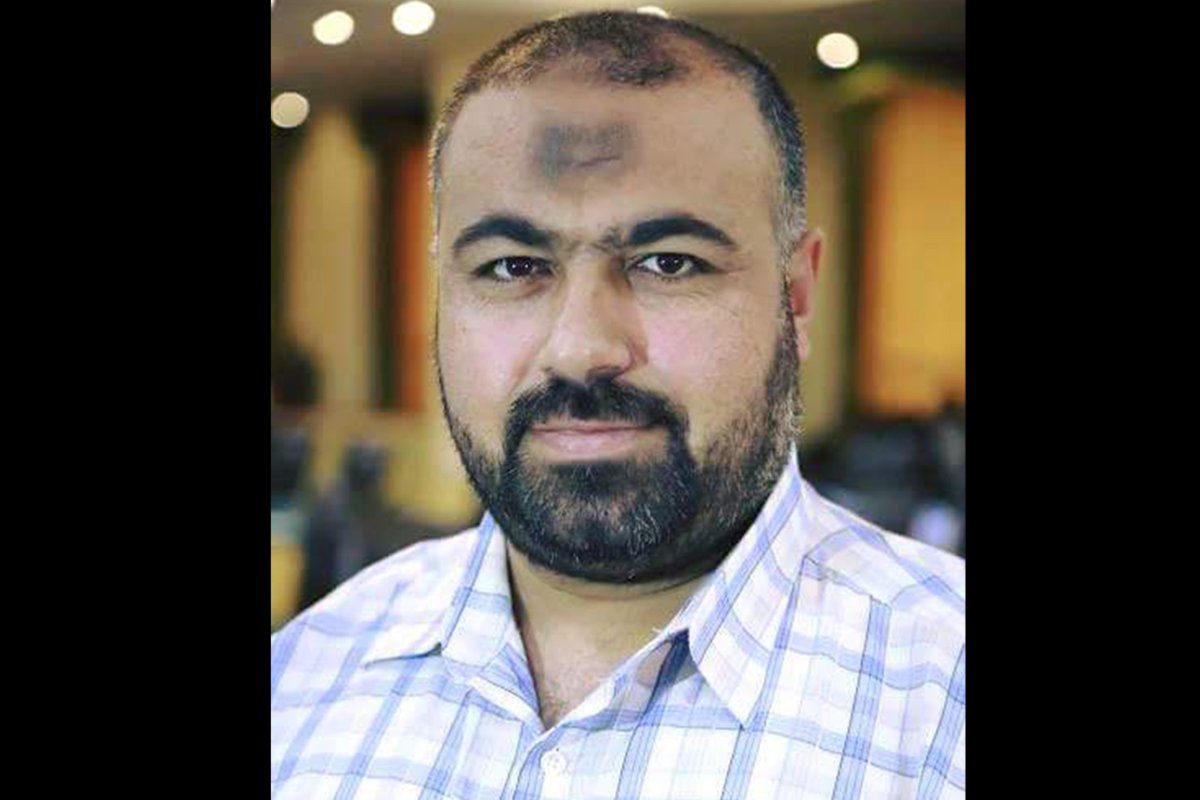It has been 32 weeks since Palestinians in the Gaza Strip launched mass protests calling for the lifting of the Israeli siege and for their right to return to homes from which they were forced out in 1948 to make way for the creation of the state of Israel.
Eight months in and three Palestinian ministries announced aid packages which included urgent aid to the tune of $5 million to be sent on 50,000 families, $200 monthly for 5,000 families of Palestinians killed or severely wounded during the “Great March of Return”, the payment of 60 per cent of July’s salaries for civil servants and the creation of 10,000 jobs aimed at university graduates.
Meanwhile, Qatar’s Ambassador to Gaza Mohammed Al-Emadi announced on Tuesday that he is visiting the besieged Strip to follow up on projects his government is financing and launch new ones. This came only a week after Qatari fuel started pumping in to the sole electricity plant in Gaza, allowing the Strip to have more hours of electricity each day.
More was to come, the officials said.
Political analyst Naji Al-Zaza, who is close to Hamas decision-makers, said: “The understandings for ending the siege resulted in salaries for 43,000 employees, jobs for 10,000 university graduates, $5 million for 50,000 poor families, $200 monthly payment for the families of martyrs and the wounded, the expansion of the fishing zone from three to 12 miles, and more is coming soon.”
Read: 3 Gaza boys killed in Israel airstrike on tinderbox border
Former member of Hamas political bureau and journalist Mustafa Al-Sawwaf confirmed that this is “the first step and more is coming soon.”
On the ground, the Popular Committee for the Great Return March and Breaking the Siege has already taken steps to tone down its activities. This was very clear in its orders to the protesters that they should not approach the fence or turn the peaceful protests violent. This resulted in a low number of casualties last Friday. Medical sources in Gaza reported only 32 wounded, including 25 with tear gas and seven who sustained light injuries from live and rubber bullets. Israeli TV Channel 14 said on Tuesday evening: “Seven days passed without incendiary balloons and kites being launched from Gaza.”
Israeli Arab affairs analyst Zvi Bar’el said the “Great Return March” showed that Israel had imposed the siege to force Palestinians to revolt against Hamas, instead they were coming out against the occupation, forcing Israel to enter talks on a truce.
![Israeli forces fire tear gas at Palestinians at the Israel and Gaza border [Mohammed Asad/Middle East Monitor]](https://i0.wp.com/www.middleeastmonitor.com/wp-content/uploads/2018/09/gaza-marchc5.jpg?resize=1200%2C800&ssl=1)
Israeli forces fire tear gas at Palestinians at the Israel and Gaza border during the Great March of Return on 30 September 2018 [Mohammed Asad/Middle East Monitor]
Senior leader of the Popular Front for the Liberation of Palestine in Gaza Rabah Muhanna warned “all the Palestinian factions of falling into the trap of the deal of the century.”
Read: What does the future hold for Gaza?
“The Israeli occupation and the Arab governments are trying to use these measures, announced last night, to separate Gaza from the West Bank and bury the Palestinian national ambitions ahead of passing the deal of the century,” he stressed.
While Islamic Jihad chief Khaled Al-Batsh said: “These facilitations are the fruits of the sacrifices of the Palestinian people in Gaza.” He stressed that the Palestinian resistance, including his movement, “will never give up on seeking to achieve the full Palestinian aspirations.”
Speaking to MEMO, Ali Hussein, an unemployed Gaza resident, said: “We accept all these measures which ease our situation as we believe this is the first step to breaking the Israeli siege. One thousand miles start with a single step, but what about the guarantees that ensure Israel will respect its pledges?”
“The guarantees,” Dr Salah Abdel-Ati told MEMO, “are the Egyptian and UN assurance that Israel is to remain committed to its pledges.”
The member of a Palestinian committee tasked with breaking the siege said Israel’s blockade on the Gaza Strip is a “crime and a form of collective punishment and it must be completely lifted sooner or later.”
Palestinians, he stressed, “will not remain as slaves to for Israel’s policies,” stressing that they will find new ways to push the occupation to remain committed to its pledges.
#GreatMarchOfReturn
“The protests of the Great Return March brought the issue of the Palestinian refugees and their right to return to their homes to the top of the world’s agenda and pushed a number of the important international bodies to take decisions in support of the UNRWA, whose existence means the sustainability of the refugee issue.”
The “Great March of Return” will continue as planned, Abdel-Ati said, peacefully seeking to achieve “greater gains” and to let the occupation and mediators know that “we will never give up or go backwards”.
The views expressed in this article belong to the author and do not necessarily reflect the editorial policy of Middle East Monitor.


![A Palestinian is injured after Israeli forces attacked protesters during the 'maritime demonstration' to break the Gaza blockade by sea with vessels in Gaza City, Gaza on 22 October 2018 [Mustafa Hassona/Anadolu Agency]](https://i0.wp.com/www.middleeastmonitor.com/wp-content/uploads/2018/10/2018_10-22-attempt-to-break-the-Gaza-blockade-by-sea20181022_2_33029204_38339635.jpg?fit=1200%2C800&ssl=1)








